How Steve Jobs Led Apple to Become The Industry Leader Through Complete Vertical Integration
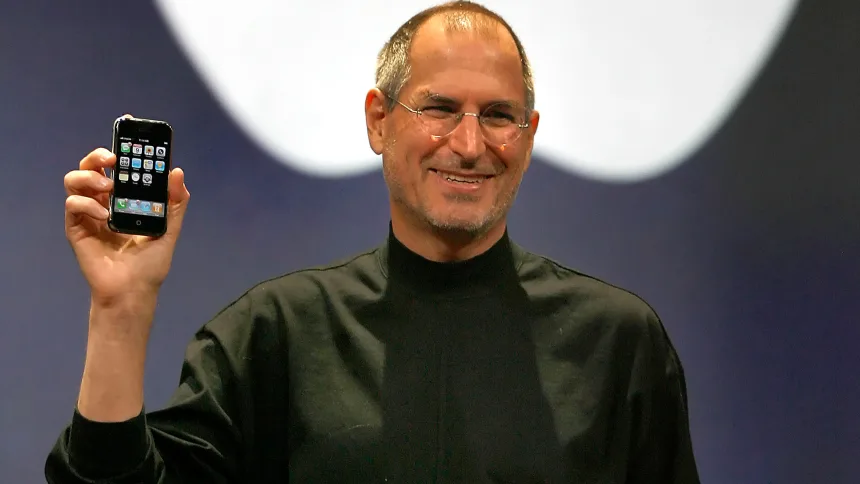
Apple is now valued at about $3 trillion, making it one of the world’s wealthiest corporations. The enterprise Steve Jobs created has seen a lot of hardship, but that hasn’t stopped it from becoming a tech powerhouse. Apple’s path to prosperity necessitated challenging but progressive measures, which have resulted in an independent, flourishing corporation.
How did Apple’s Journey of “Tech Independency” Started?
Apple’s success story is one for the history books, but did you know that at one point, Apple was in danger of going bankrupt? Apple was on the point of going out of business at the time and was going through a terrible period. In an effort to steer their business in the proper path, Apple chose to purchase the computer startup “NEXT“.
Yet Steve Jobs persuaded the board to choose for assistance from an established institution rather than purchasing a business. Steve Jobs understood that enlisting the aid of Apple’s rivals was the only way to salvage the company.
Microsoft stepped forward to save Apple after realizing that stifling competition wasn’t the sole strategy for success. It made a $150 million investment in exchange for non-negotiable shares. It gave Apple the assurance that it would sustain the Mac for five years. In Microsoft’s favor, Apple withdrew its lawsuit alleging that the latter had cloned macOS in order to make Internet Explorer the standard browser on computers rather than an option.
International media labelled this step as “Microsoft Saving Apple“:
As a result of this shift in strategy, the corporation had begun “outsourcing” some components of its product lineup. It began to enlist the aid of businesses like Intel (for Older MacBooks) and Samsung (for Display Panels). While this decision reduced the profit margins, it nonetheless secured a great end result for the company’s products.
Apple Initially Started to Revamp its Logistics Department Since It Was Hindering the Company’s Growth
Apple had been under the pressure of suppliers globally which heavily compromised its operations. To cater this issue, Tim Cook, a supply chain specialist, collaborated with Steve Jobs to redesign, accelerate, and streamline the Apple supply chain. At the time, it was the right move for the business since the Apple supply chain is today regarded as one of the strongest, most effective models in the world.
Tim Cook restructured the whole supply chain and made sure it was a closed environment, giving Apple complete control over almost every area while adhering to the Steve Jobs/Apple philosophy.
Prominent Steps Tim Cook Took Were:
- Focus on non-seasonal products with life-cycles that exceed 12 months.
- Cut down the number of storage locations, leaving only one central warehouse in California.
- Efficient synchronization of data between the central warehouse and Apple’s stores and customers.
- Cut down the number of key suppliers that are involved in manufacturing, shipping and storage.
- Maintain long-term and strategic relationships with suppliers.
- Outsource the manufacturing to China, thus reducing the manufacturing cycle time from 4 months to 2 months.
- Cut down the number of SKUs to predict the demand more accurately and ensure lightning-fast Apple inventory turnover.
- Implement renewable energy sources, making up to 87% of their energy used worldwide.
- Bring in extraordinary Apple inventory management practices, which allow the company to cut down on inventory costs, reduce waste and avoid overstocking.
Almost from the time he showed up at Apple, Cook knew he had to pull the company out of manufacturing. He closed factories and warehouses around the world and instead established relationships with contract manufacturers. As a result, Apple’s inventory, measured by the amount of time it sat on the company’s balance sheet, quickly fell from months to days.
CNN Money 2008 Publication
Consider Cook’s contribution in this way. Charge high prices or cut expenses are the two main strategies for obtaining big profit margins. Apple offers each. Consumers are fascinated and ready to pay more because to the marketing and design, while Cook’s operational expertise keeps expenses in check. Apple was thus transformed into a money-making machine where it once was on the verge of bankruptcy.
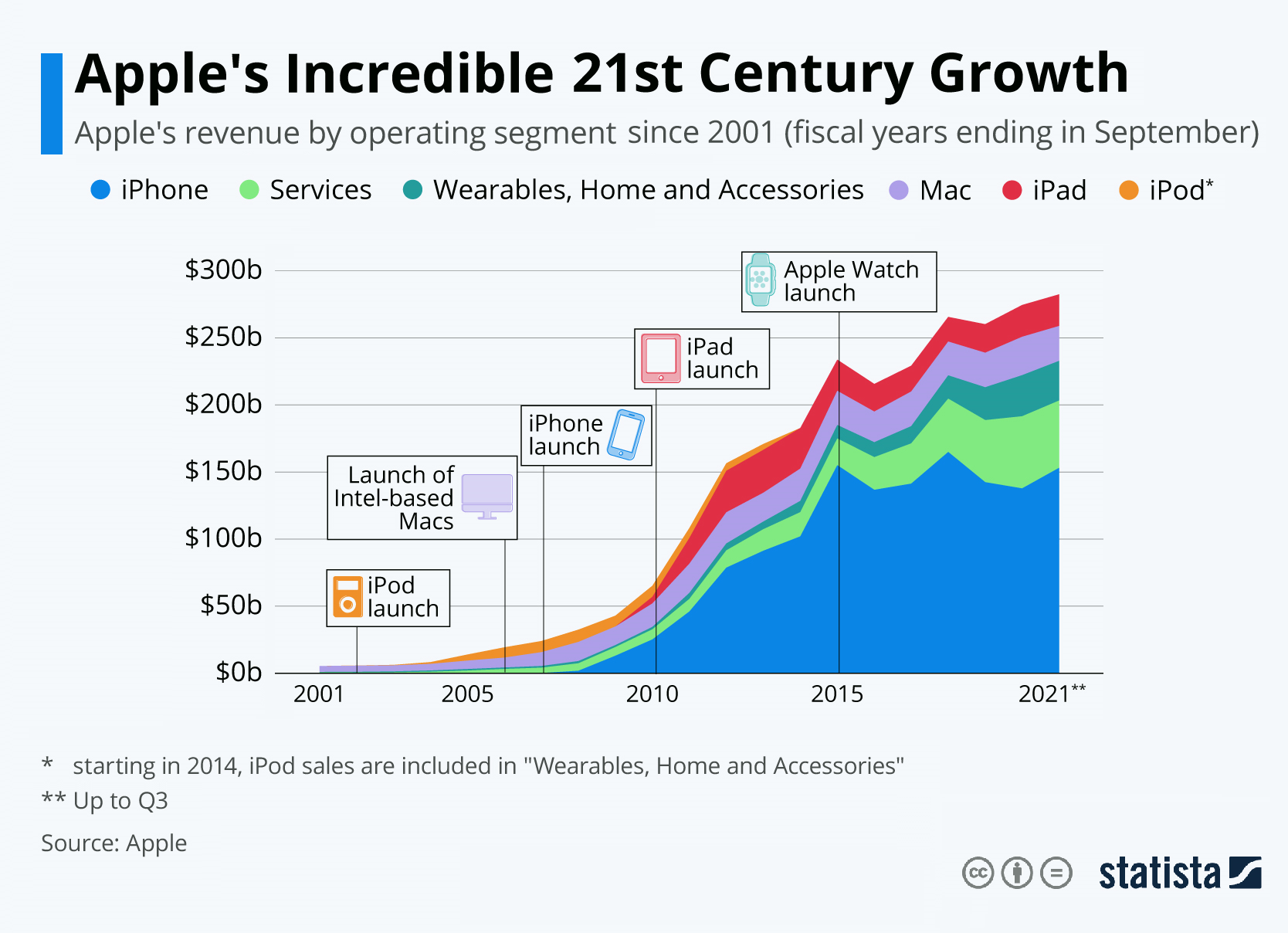
Advancements in Apple Silicon Was Apple’s Way of Being the Distinctive Player in the Industry
Jobs wasn’t your typical business executive. He revisited the business’s fundamental principles in 1997 and came up with a concise description of what the company stood for, only a few months after returning to Apple as temporary CEO.
This was revealed when Apple unveiled its worldwide “Think Different” advertising campaign, which depicted its products as unconventional and inventive in accordance with its new corporate identity.
Apple now had three qualities of an effective strategy: it was focused, divergent, and had a memorable slogan. From that point on, the business made a number of strategically important and noteworthy decisions that helped Apple grow from a failing tech firm to the largest and probably most influential company in the world.
Apple’s Shift to A-Series SoC For its iPhone Lineup Was the Key to its Gigantic Success
By the early 2000s, there was intense rivalry for phone makers. Each invested time in creating technologies to enhance the desirability of their phones. Manufacturers used MP3 players, gaming consoles, and digital cameras to make phones with greater capabilities before including email, a calendar, internet browsers, and other desktop-like applications.
Apple used a different strategy. Apple made an investment on creating a more dependable operating system and a cutting-edge system-on-chip for standing out, as opposed to making the mobile phone smarter by adding more hardware features. Even while the technique didn’t provide results right away, once word got out about the iPhone’s capabilities, sales took off.
Once Samsung’s ARM-based SoC became widespread, Apple switched to their first A-Series SoC, codenamed “A4“, found in its iPhone 4 series. Although this featured the less inferior ARM Cortex-A8 yet it had set a industry benchmark for companies which found difficulties to replicate a similar SoC (which is still evident in modern times).
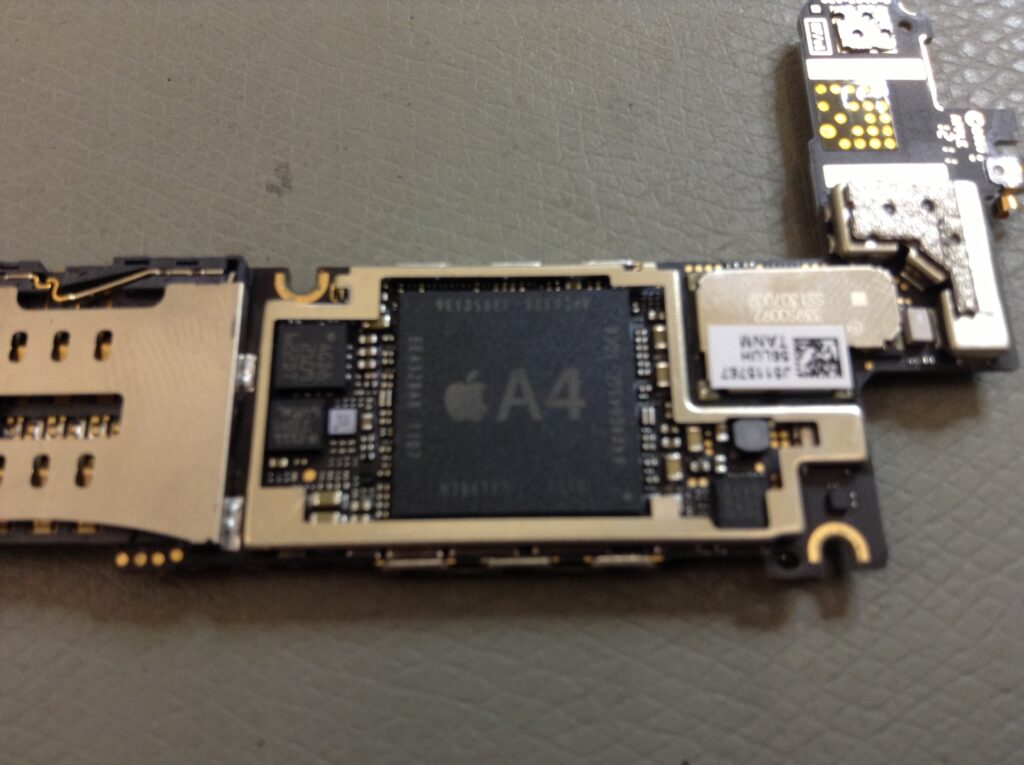
After this, Apple’s A-series portfolio began to rapidly progress. The A16 Bionic chipset, which you can see now, had to go a long road to attain such vast dominance.
The choice to choose Taiwan Semiconductor Manufacturing Co. (TSMC) as its semiconductor supplier was a key milestone in Apple’s Silicon journey. Due to increased rivalry in the smartphone market between Samsung and Apple in 2013, Apple chose to switch its supplier from Samsung Foundry to TSMC.
For Samsung, this was a devastating setback, especially given the recent success of its A-series smartphones. On the other hand, TSMC’s fortunes improved greatly once they entered into an official collaboration with Apple.
Large orders made by Apple ultimately aided TSMC in Taiwan’s rise to the top of the semiconductor industry. Apple expanded its product lineup with the changeover, introducing high-performance A-series and M-series CPUs.
Despite the fact that many Apple officials were originally opposed to the company’s initiative to develop its own chipsets, it is now widely recognized as a watershed moment in Apple’s history.
Apple’s MacBook Series Weren’t A Threat to Competitors Until the Inclusion of The Company’s Own M-Series Chipsets
Intel processors were used to power every MacBook Pro before. By 2020, Intel processors had been replaced by Apple silicon, which was built on the ARM architecture. ARM’s ability to perform many more millions of instructions per second than Intel CPUs was its main advantage. Apple may thus optimize the transistors’ connection to provide higher performance while using much less energy.
By switching to custom-designed chips, several subsystems, including the central processing unit (CPU), graphical processing unit (GPU), unified memory architecture (RAM), neural engine, solid-state drive (SSD) controller, image signal processor, and many more, were integrated into a single SoC. Previously, these functions required many chips within a Mac.
Apple decided they could do a better chip themselves than we could, and they did a pretty good job. What I have to do is make a better chip than they could do themselves. I would hope to win back this piece of their business
Pat Gelsinger, Intel CEO
In-house developed processors also let Apple to issue upgrades on its own timetable, with more frequent technological advancements, and help it stand out from rival goods.
Apple revealed its first M-Series chipsets named as “M1 Pro” and “M1 Max” in November 2020. Taiwan’s TSMC produced the M1 chips for Apple’s products. With its “5-nanometer” manufacturing process, TSMC became the global leader in the ability to etch very tiny components onto a surface of silicon.
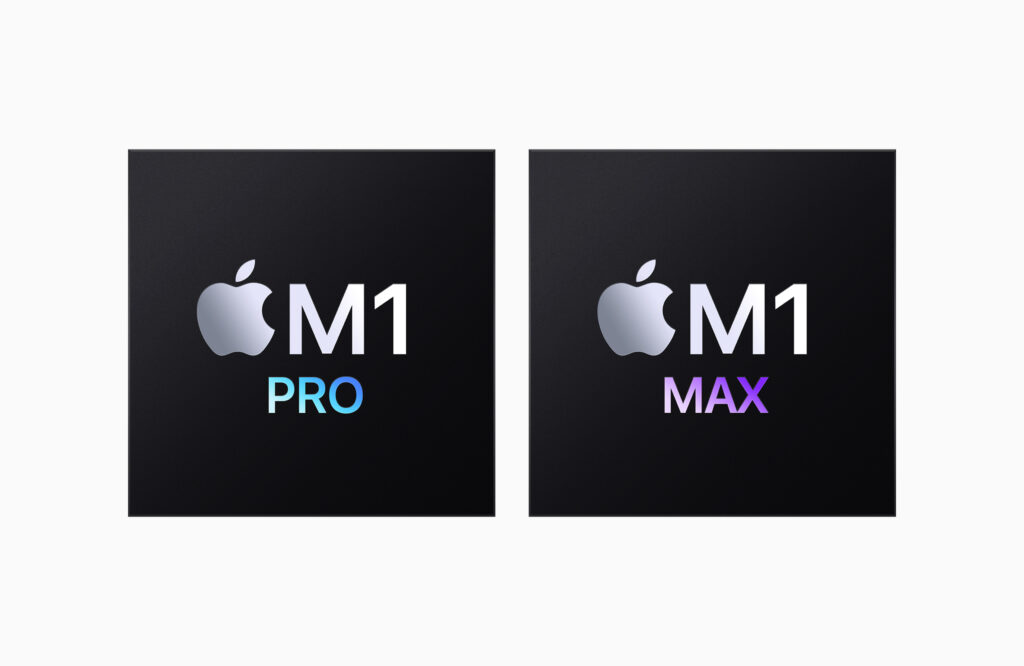
Much like it did when it presented the new MacBook notebooks, Apple prominently highlights its semiconductor achievements with the launch of new hardware. It constantly explains how it has increased specifications and shares how many transistors are in each new chip set.
For its MacBook and Mac mini series, Apple had recently unveiled its next-generation “M2 Pro” & “M2 Max” SoC. The company’s flagship chipsets for the current year provide a number of performance improvements over prior versions.
The M2 Pro offers Mac products professional-level performance. The M2 Pro includes up to a 19-core GPU and up to a 12-core CPU with eight high-performance cores and four high-efficiency cores. It also supports up to 32GB of memory and has a 200GB/s memory bandwidth.
With the dramatic departure from Intel, Apple began to significantly improve the distinctiveness and market appeal of its MacBook portfolio. This led to an increase in demand, and many customers still consider Apple’s M1-based MacBooks to be one of the more affordable options available in the market.
Apple Recently Revealed Plans to Initiate Manufacturing Of In-House Displays & 5G Modems
For many years, there have been rumors that Apple is working on an internal 5G modem. Apple wants to break its present dependence on Qualcomm for its 5G modems as quickly as feasible. Apple does not want to depend on any third-party manufacturers when it can become its supplier, but with Qualcomm, it is much more subjective.
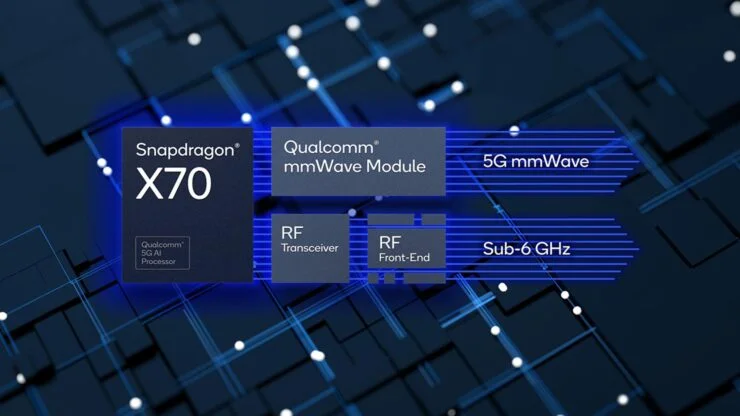
The dispute dates back to 2017 when Apple couldn’t use Qualcomm’s modems due to patent licensing conflicts and other accusations. After a prolonged court struggle, Apple ultimately settled the dispute with Qualcomm for a sizable “sorry money“ sum to utilize its 5G modems.
The business is reportedly preparing to develop wireless solutions that would someday make partnering with Broadcom obsolete, according to a Bloomberg story.
By 2025, Apple hopes to quit utilizing Broadcom’s products and introduce its processor that will support Bluetooth and Wi-Fi communication. A three and a half year contract that Apple has with Broadcom is rumored to be coming to an end soon. Although distinct custom chips will be created to enable Wi-Fi, Bluetooth, and cellular connectivity, it is alleged that Apple is planning for a far more reliable future.
It intends to create a solitary product that offers cellular, Wi-Fi, and Bluetooth connectivity without involving Qualcomm and Broadcom. The benefit of this single-chip approach is that it will free up space on the logic board for an iPhone or iPad rather than requiring three different locations.
Another benefit of putting just one chip on the board is that it might be more energy-efficient and provide the California-based company with additional software support.
Apple’s In-House Displays Are Reported to Arrive by 2024
Apple has yet another method up its sleeve for minimizing dependency on outside partners and suppliers. Bloomberg claimed that Apple intends to begin manufacturing its displays for the iPhone and Apple Watch. According to the source, the change is anticipated to start with the 2024 release of the Apple Watch Ultra.
The displays that Apple utilizes in its products, including the iPhone, iPad, and Apple Watch, are now provided by partners like Samsung and LG. According to Bloomberg, the company’s decision to begin utilizing its own proprietary displays in mobile devices is a significant “blow” to these partners:
Apple Inc. is planning to start using its own custom displays in mobile devices as early as 2024, an effort to reduce its reliance on technology partners like Samsung and LG and bring more components in-house.
Bloomberg
The transition will begin with the “highest-end Apple Watches” toward the end of 2024, according to the article. The Apple Watch will also make the transition from OLED to micro-LED displays as part of this. When the time comes, Apple “plans to bring the displays to other devices, including the iPhone.”
Compared with current Apple Watches, the next-generation displays are designed to offer brighter, more vibrant colors and the ability to be better seen at an angle. The displays make content appear like it’s painted on top of the glass, according to people who have seen them, who asked not to be identified because the project is still under wraps.
Bloomberg believes that in 2018, Apple ramped up its efforts to make the switch to micro-LED, with the goal of releasing its first product at the start of 2020. However the project “languished” due to its outrageous costs and technical challenges.
The announcement released today indicates that the 2024 aim may “ship until 2025.” Apple will still depend on an outside supplier to handle the mass manufacture of these screens despite having “developed a new display and established their manufacturing process” entirely in-house.
Apart from in-house displays, Apple was the first company in the world to adopt mini-LED technology into its product lineup. In the past, Apple utilized LCD panels on all of its product lines, including the iPhone. OLED was originally introduced by iPhones in 2017, however it wasn’t until 2021 that iPads and MacBooks followed suit. Yet they employed MiniLED panels in each of them rather than immediately switching to OLEDs. Even if there were some drawbacks, the adjustment was positively embraced.
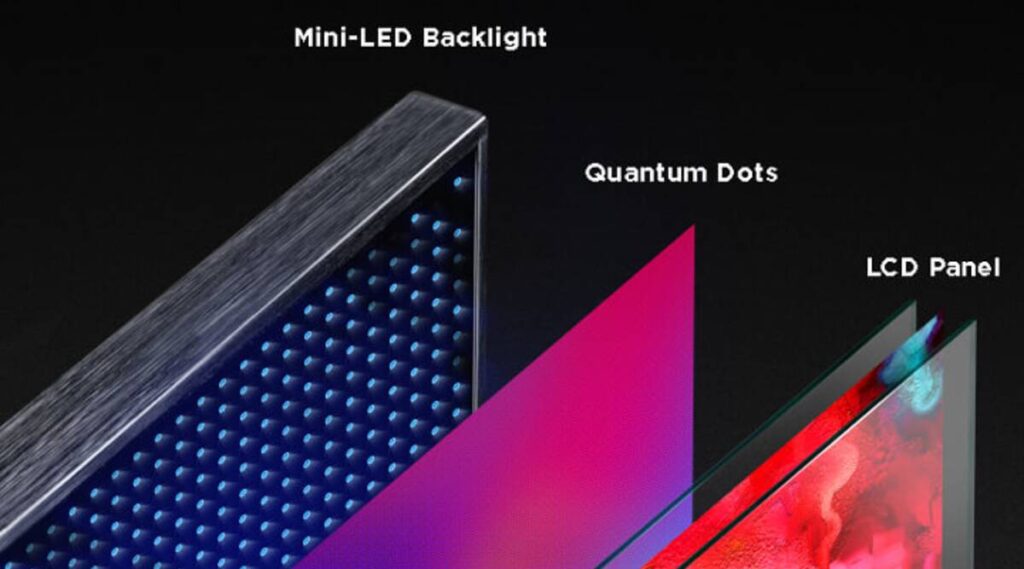
Four of the primary Apple gadgets now have little LED screens. Several people consider the Mini LED displays on the Pro Display XDR, 12.9-inch iPad Pro, 16″ and 14″ MacBook Pros, and Pro Display XDR to be among the finest on the market. They provide richer colors, greater contrast, deeper and darker blacks, brighter highlights, higher maximum brightness levels, and improved power economy.
If prices allow, it seems to be a better bargain to have OLED rather than Mini-LED displays since these advantages more or less line up with OLED displays. Nevertheless, hold off until you hear the remainder of the tale. OLEDs are known for developing panel burn-in or brightness reductions over time!
As no other firm had previously used this technique, Apple was able to innovate its product displays via this process. Apple demonstrated its industry competitiveness with this approach, despite the fact that mini-LED panels aren’t really practical for large-scale devices.
Conclusion
Due to their sustained yet slow developments, Apple products are particularly marketed to Gen-Z customers. In light of this, it is amazing to see how far Apple has advanced from its insolvent past to become one of the most valuable corporations in the world. Their achievements serve as a true source of inspiration for several tech firms and enthusiasts, and we have no doubt that Apple has many exciting products in store for its customers.
 Reviewed by
Reviewed by 



